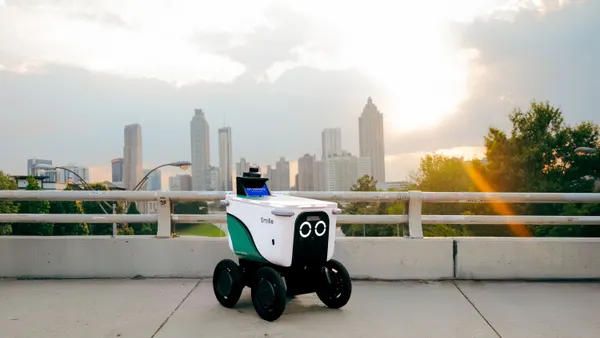Dive Brief:
- Approximately half the world's population will be connected to the internet by 2018, according to a Business Insider Intelligence report. In turn, companies are expected to invest about $6 trillion, or 1.25% of global GDP, in IoT solutions between 2015 and 2020.
- By 2020, about 24 billion IoT devices will be in network as the overall cost of the hardware behind IoT devices continues to drop. However, established infrastructures are unable to support the influx of added traffic. In the same window of time, the IoT is expected to add about 3,500 petabytes of data monthly to North American mobile traffic.
- By 2050, about 70% of the world's population will reside in cities, which is expected to increase IoT investments nearly $140 billion by 2019.
Dive Insight:
Close to one-third of enterprises already deploy IoT devices, but basic security is still of concern. Solutions for strengthened passwords or layers of encryption are in need, but best IoT security practices are being overlooked in favor of "societal" demands of the devices.
IoT devices produce about 2.5 quintillion bytes of data daily and are forcing companies to review their IoT security strategies. Mobile IoT devices that are often on someone's person make device accessibility by bad actors easier.
This is of particular concern for CIOs because they are responsible for the mobile hardware their employees take from the company, which can potentially endanger company-sensitive information.
But the complex capacity of connected devices makes finding IoT talent difficult. Big Data analytical skills are the most sought after, but 35% of recruiters struggle to find candidates with those skills.
Ultimately, device security is only as strong as the network it resides on. Networks will require restructuring to become capable of securing and storing troves of data.











